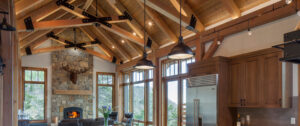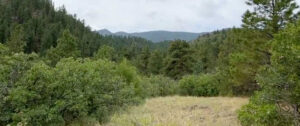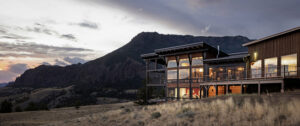Timber plays a central role in both the aesthetic and functional appeal of a mountain home
When designing a custom home, it is important to have an in-depth conversation with your architect and structural engineer about the type of timber best-suited for your unique design, aesthetic, and lifestyle.
Once the timber direction is set, you’ll find a range of vendors and fabricators offering specialized products. Most companies focus on a specific type of product rather than covering all options, making it important to establish the design direction before choosing a vendor. This way, you and your architect can identify the best company to source the ideal timber materials and fabrication process for your project.
Here are five factors to consider when choosing timber for your mountain home.
1. Vintage, Reclaimed Wood Fiber
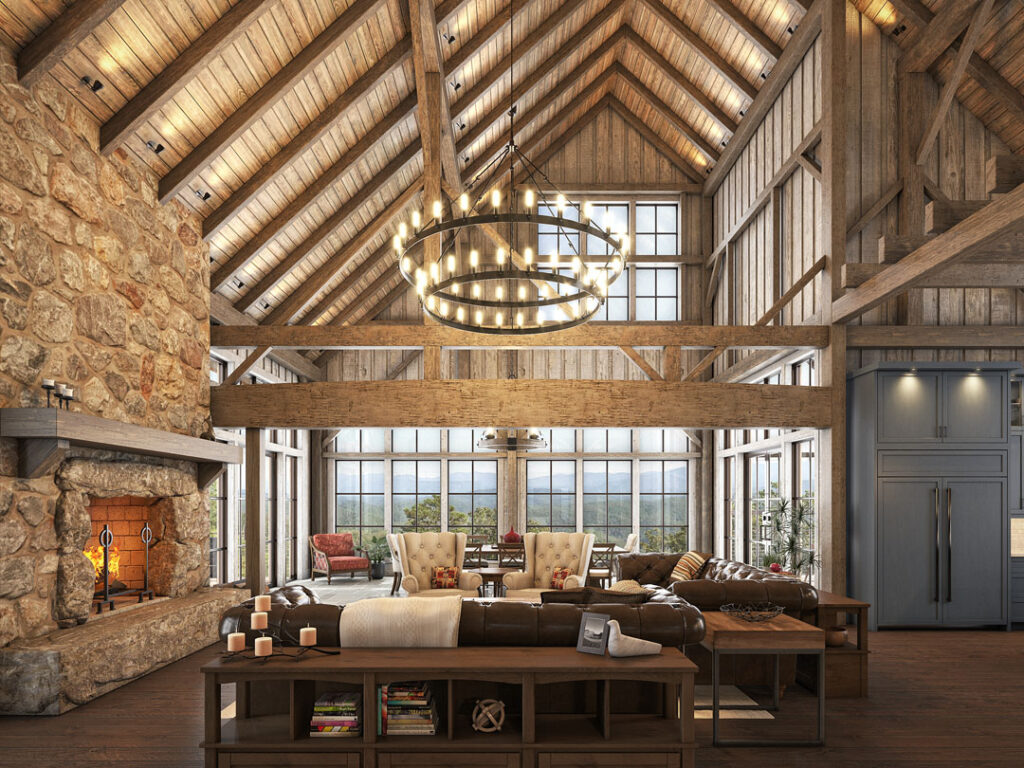
Reclaimed wood from hand-hewn, old-growth trees—often over 120 years old—offers a unique and sustainable option. This wood can be repurposed in its original form or resized to fit a fresh design vision, all without the need to cut new trees.
Rich in tightly packed growth rings and crafted with intricate joinery, this wood has stored carbon for centuries and brings a character and quality that modern milling simply cannot replicate.
For clients seeking a timeless, old-world aesthetic, this choice delivers unmatched authenticity. Skilled craftsmen with expertise in traditional methods can incorporate this beautiful, storied wood into your design at a surprisingly accessible price.
2. Hand-Cut Timber Frames with New-Milled Timber and Traditional Wooden Joinery
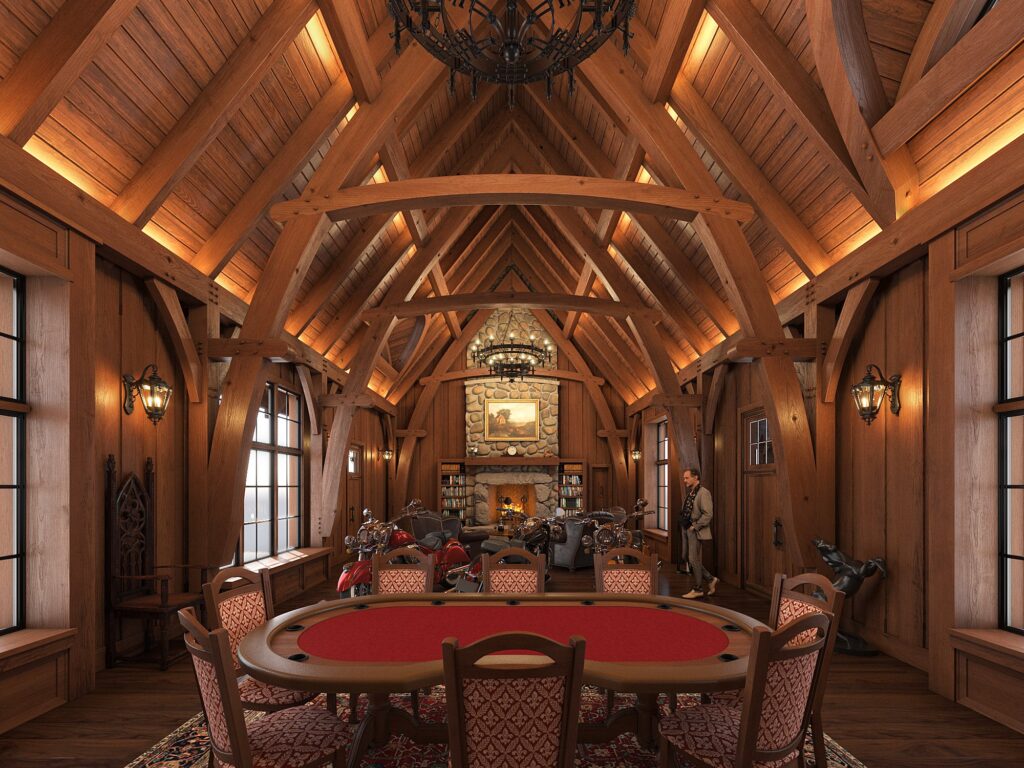
Many hand-hewn craftsmen prefer to use locally harvested wood fibers sourced from small sawmills, selecting hardwood timber cut to the desired size to allow for customization. Many timber frames feature tighter growth ring patterns, and logs can be processed to produce either balanced heart or heart-free options.
Additionally, a crucial consideration is the wood drying technique and time required to reduce moisture content to 12–15%. Radio frequency or vacuum kilns provide the best results by uniformly reducing moisture to the core, whereas air drying methods at higher altitudes can take 2–3 years to achieve similar levels. After drying, the timber often needs to be resized.
Finally, craftsmen usually favor wood joinery, with mortise and tenon pegged joints, which can create either a classic joinery feel or a contemporary woodworking aesthetic. Multiple wood species can be combined to add variety, allowing homeowners to choose based on their preference and aesthetic aspirations.
3. Solid Heavy Timbers with Digitally (CNC) Fabricated Wood Joinery
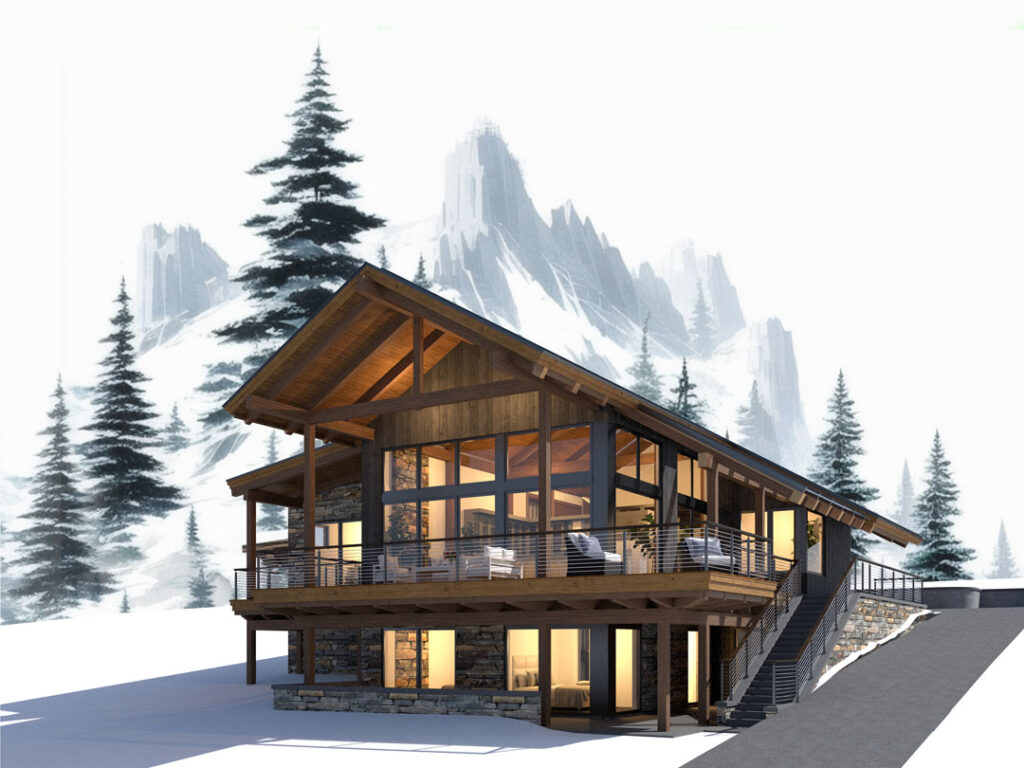
Douglas Fir is the preferred wood species for CNC fabrication, especially when sourced from larger logs that can be cut free of heart for a grain pattern resembling quarter-sawn timber. Drying the timber is essential to maintain structural integrity, with radio frequency or vacuum kiln drying favored over air drying to reach the ideal center moisture level of 12–15%.
Factory finishing techniques ensure optimal quality control, better protecting the wood from deterioration during construction. CNC machining easily accommodates traditional bent frame designs, including king post, queen post, hammer beam, and scissors configurations. Architects often create custom bent designs, and contemporary mono-pitch bents are increasingly popular in mountain-modern designs.
4. Heavy Timber Post-and-Beam Fabrication with Exposed and Recessed Steel Connectors
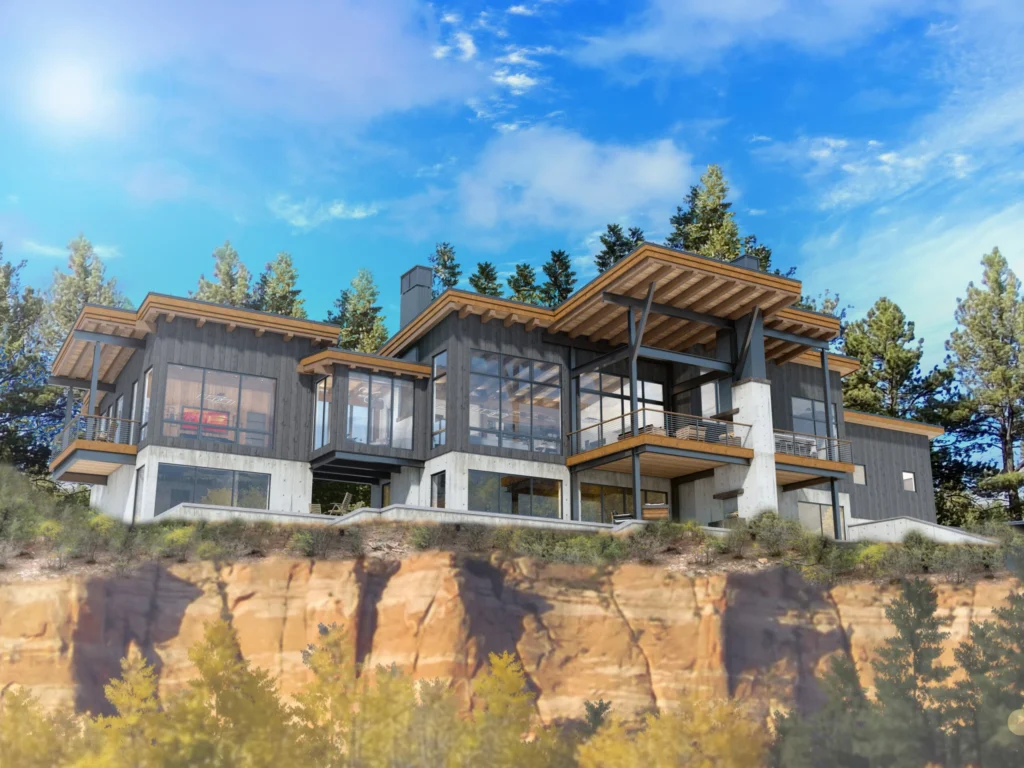
A post-and-beam design complements both solid timbers and engineered glulam (glue-laminated) timbers. This approach works well for both handcrafted and CNC-fabricated timber designs, especially in mono-pitch designs, which result in a contemporary mountain-modern look. While traditional wood joinery can be used, steel connectors are more common. This style typically results in lighter material weight and a lighter overall appearance.
5. Mass Timber: Engineered Wood for Columns, Beams, and Decking
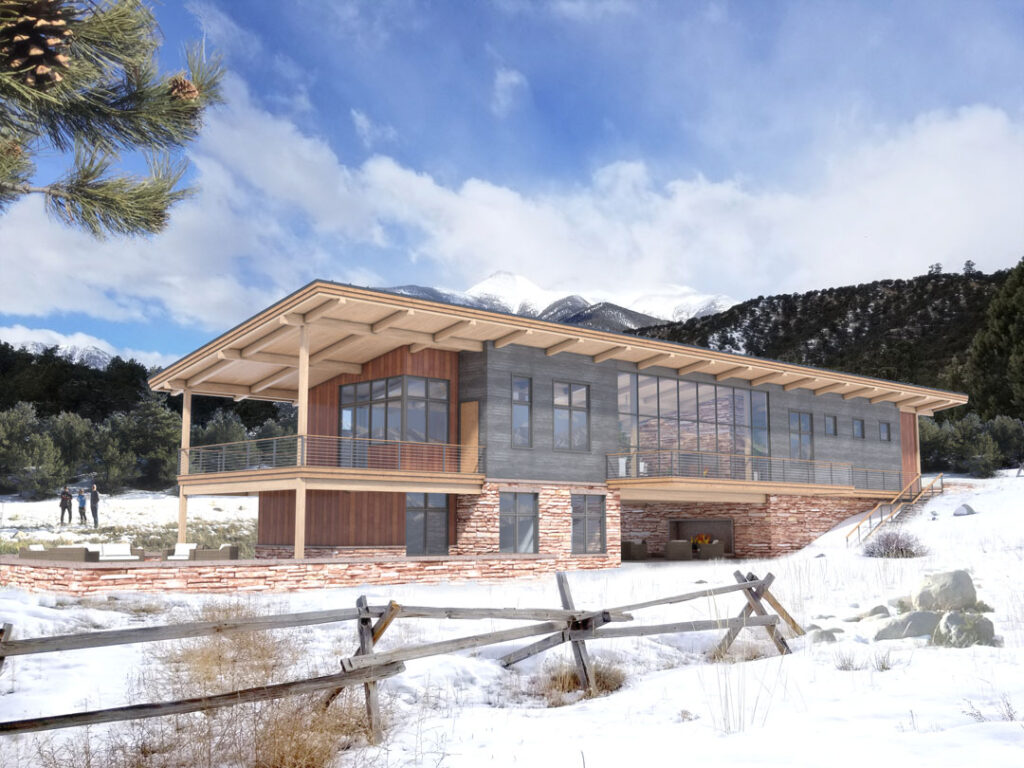
Mass timber, with its efficient use of wood fiber and carbon sequestration, represents the pinnacle of sustainable timber construction. Unlike old-growth wood, mass timber uses renewable resources, making it suitable for many climate change initiatives. Laminated timber products are highly stable, as all wood fibers are thoroughly dried and engineered to eliminate natural imperfections, resulting in a stronger cross-section.
The laminated layers replace the traditional wood grain appearance, creating a sleek, modern look with typically lighter finishes suitable for both interior and exterior use. Many engineered products are cross-laminated, which enhances strength and supports cantilevered designs. Mass timber products also provide additional fire safety. One-hour and two-hour unprotected fire ratings are possible as the wood will merely char and not burn through or lose strength. The recent development of mass plywood further boosts structural efficiency and maximizes wood fiber utilization.
In conclusion, with a wide range of wood fiber options and structural fabrication techniques available, you will find the perfect balance of aesthetics and efficiency is achievable when you incorporate timber selection into the early stages of your home’s design concept.
Bill Tabberson is Co-founder and Principal at Tabberson Architects, a full service architectural firm specializing in timber frame design. For over 25 years, their customized approach has resulted in homes that seamlessly blend with their surroundings and interiors designed to not only captivate but elevate the soul. View our profile or contact them at 317-371-3692.

